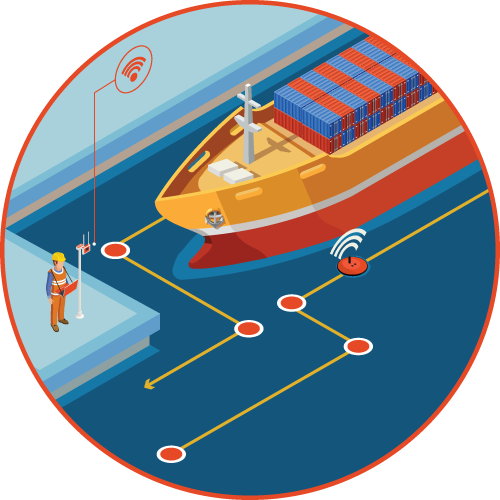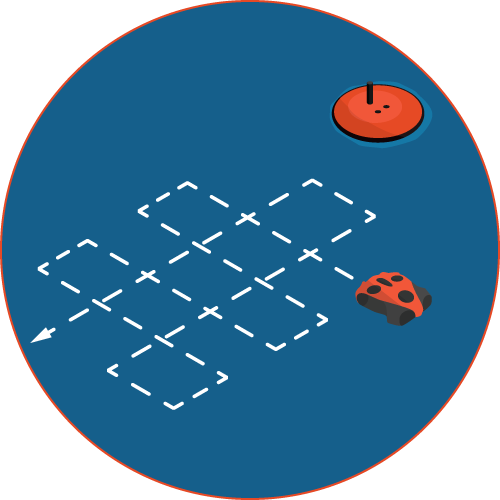
- Feb 16, 2021
- Théo Cartereau
- Industry, Underwater drone news
- 0 Comments
“What improvement would you like to see when piloting an R.O.V.?“
If you ask an underwater robot operator this question, they’ll likely tell you about stability, controls, precise positioning or even not having to think about the cable connecting it to the surface.
Thanks to Seasam & Seasam Control, our team responded to the stability issues that the pilots of R.O.V. wanted, while making control intuitive and easy for anyone.
After making sure those features were in place, we looked at our next challenge: being able to remotely control the drone in real time – while also getting rid of the cable.

If you’ve been following the early days of Notilo Plus, you will know that our acoustic technology allows Seasam to follow a diver underwater – but this acoustic technology does not allow real-time feedback such as images or data from sensors on the surface, outside the water.
Indeed, acoustic waves behave differently under water and in air, which transforms the surface of the water into a kind of “barrier”.
To get around this problem and be able to control our drone even from a great distance, our engineers have designed Seasam Navigator: a motorized autonomous buoy connected by cable to the drone.
This buoy is equipped with a powerful WiFi transmitter, which can send a signal over great distances – up to over 300 meters! Thanks to its connection both wired to the drone and wireless to its control station, Seasam Navigator makes it possible to bypass the physical limitations of the marine environment.
This first advantage of the buoy enables long-range underwater inspection and navigation in complex environments, such as a marina or port full of ships. Thanks to its integrated motorization, the buoy stabilizes automatically and is not dragged by the drone – it moves with it, which allows the R.O.V. to keep its battery for its submarine trips.


But the capabilities of the Navigator Buoy do not end there. After interacting with players in the merchant marine sector, the precise underwater geolocation of data – such as the precise location of damaged areas of a hull – systematically returned to their list of needs.
This is why Seasam Navigator also has a GPS sensor on board that allows it to both locate its own position, but also the position of the drone when it moves underwater. Using the acoustic technology used by the drone, Seasam Navigator geolocates any data captured by the drone or by the Sensor Hub.
Want to learn more about this latest addition to the Seasam ecosystem?
Head over to our contact page to send us a message!

